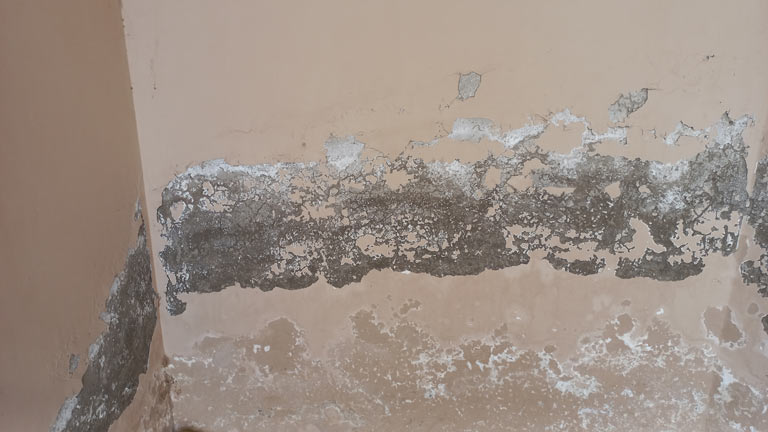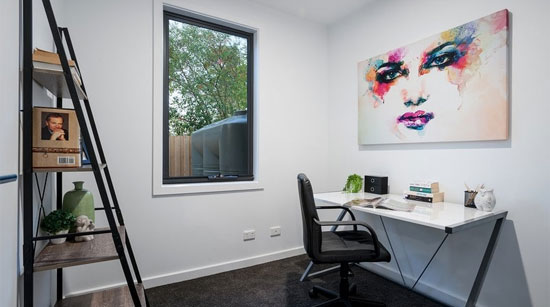
Moisture in your home is relatively normal and is often caused by cooking, bathing and even breathing. Too much moisture, however, can make living conditions uncomfortable, and it can affect your health.
Moisture control depends on the age and condition of your home. For example, old windows, poor ventilation, and inadequate insulation can contribute to excessive moisture. High humidity levels are especially common during the summer months in many homes across the country. Read on to learn how too much moisture in the home can cause a slew of issues and how you can prevent them.
Sources of Moisture
High humidity in your home can be produced by plumbing, humidifiers, insufficiently maintained gutters, and large kitchen and laundry appliances. Damp basements and crawlspaces can also cause excessive moisture. Other sources of moisture may include plants, stored firewood, and unvested gas appliances.
Signs of Excess Moisture
According to Energy Star, ideal indoor humidity levels in your home should be between 30% and 50%. Too much moisture can lead to structural issues. For example, it can damage paint, drywall, siding, and insulation as well as cause wood rot. One telltale sign is the condition of your wooden floorboards, which are responsive to changing humidity levels. They often appear separated, cracked, or loose in environments with high humidity.
Additionally, a warm and damp environment can cause the growth of mold, mildew, fungi, viruses, and bacteria. These can lead to a variety of health issues, such as upper respiratory irritation, coughing, and sneezing. It can also worsen symptoms for those who have allergies and asthma.
Mold often grows on interior surfaces such as on the corner of a closet while mildew forms in the bathroom. Moreover, too much moisture can lead to excessive dust mite populations and pest infestations such as termites. If you notice any of these signs of excess moisture in your home, it’s crucial to act immediately and remedy the situation.
How to Prevent Moisture Issues
Fortunately, there are many ways to control the moisture in your home. For example, you can use air conditioners and dehumidifiers to control moisture during hot and humid weather. Remember to clean and maintain them regularly so they work effectively.
You can also install exhaust fans in your bathrooms and kitchen and use them when showering or cooking. You can even utilize fans and crack a window open to ensure your home is properly ventilated. Be sure to open drapes and blinds to prevent restricted airflow as well.
Leaking pipes, toilets, and faucets should also be repaired or replaced as soon as possible because when sitting water evaporates, it ends up as moisture in the air, which adds to the humidity in your home. You can even wrap sweating pipes with foam insulation tubes. When it comes to the basement and crawlspace, consider covering any dirt with plastic sheeting.
Taking these steps is important to ensure proper humidity levels for a healthy home. For more information on excess moisture and how to prevent it, see the accompanying resource.

Infographic provided by Feldco, home window replacement services.




